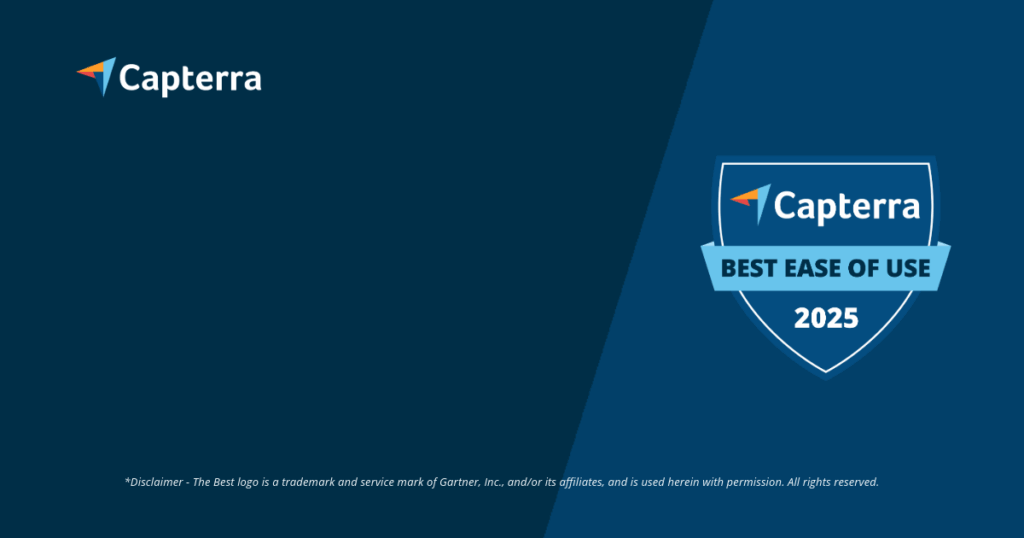Uncover the hidden costs of manual calculations
Using Excel for construction cost estimation is common but carries significant risks. Studies show that up to 94% of all spreadsheets contain errors, which can lead to direct financial losses. An overlooked item or a wrong formula can reduce the profit margin of an entire project by 2-3%. The time spent on manual data maintenance and adjustments when prices change quickly adds up to over 5 hours a week. This inefficient way of working binds valuable resources that are missing for project management. Moreover, the lack of flexibility in Excel makes it difficult to quickly adapt to new circumstances, such as changing material prices. Switching to specialized software is, therefore, not a cost factor but a strategic investment in profitability.
Core features that distinguish a modern cost estimation program
A powerful yet simple cost estimation program must meet specific requirements of the construction industry. The goal is to simplify and speed up the entire process from quoting to post-calculation. The right construction software can accelerate the quoting process by up to 50%. Here are the essential features you should look for:
- GAEB interface: For standardized exchange of specifications with architects and planners in formats such as GAEB-90, -2000, and -XML.
- Master data management: Central management of material, labor, and equipment costs, often connected to supplier catalogs via DATANORM or IDS interfaces.
- Flexible estimation methods: Support for markup and final account estimation for precise determination of offer prices.
- Mobile measurement capture: Capturing quantities directly on the construction site via app to have the data immediately available for billing.
- Automated report generation: Creation of EFB price sheets and other documents required by VOB with just one click.
- Post-calculation: A comparison of targets and actuals to analyze actual costs and optimize future offers.
Integrating these features into a single platform prevents data silos and reduces administrative effort by several hours a week. This technological foundation is crucial to compete successfully.
Choose the right cost estimation program in 4 steps
Selecting the right software is critical for the successful digitization of your estimation processes. A poor investment not only costs money but also valuable time. Follow this 4-step plan to make an informed decision:
- Conduct a needs analysis: Clearly define the problems that the software should solve. Do you only need estimation functionality or also features for measurement, post-calculation, and invoicing? List at least 5 core requirements.
- Check user-friendliness: The best software is of no use if your employees do not accept it. Look for an intuitive interface and the ability to use the program without days of training. Request a live demo that shows a typical workflow from A to Z.
- Pay attention to data security and support: Choose a provider that guarantees compliance with German data protection standards (GDPR) and hosts servers in Germany. A personal contact for support is often worth more than an anonymous call center.
- Evaluate scalability and integration: Your company is growing, and your software should be able to as well. Check whether the program can adapt to the needs of small and medium-sized companies and if interfaces to other systems, such as your accounting (e.g., DATEV) are available.
A careful selection ensures that the software reliably supports your processes for the next 5-7 years. This lays the foundation for a more efficient and profitable future.
Increase profitability through precise and fast estimation
Using a simple cost estimation program directly impacts your business figures. By reducing estimation errors, companies can improve their profit margin by an average of 3-5%. Automating routine tasks leads to a time saving of up to 50% in the quoting process. This time saved can be utilized by construction and project managers for overseeing construction sites and clients, which improves project quality. A centralized master data system ensures price stability and prevents cost increases from being overlooked. With precise post-calculations, you can identify loss-making service areas and optimize your offer prices for future projects. A company with 10 employees can save over €10,000 annually in administrative expenses through digital recording and allocation of costs. Therefore, the investment in such software often pays off within the first 12 months.
Seamless integration into your digital process chain
A cost estimation program unleashes its full potential when it is not operated as an isolated island solution. Digital transformation in the construction industry requires continuous data flow. Modern software can be seamlessly integrated into your existing IT landscape. Connecting to an ERP software for the construction industry enables automatic transfer of project data and prevents duplicate data entry. Interfaces to financial accounting automate the posting of incoming and outgoing invoices. Data from the mobile time recording can flow directly into the post-calculation and enable an exact assessment of labor costs. According to a study by Fraunhofer IESE, digitization often fails due to a lack of compatibility between different programs. An open system that promotes data exchange is therefore a critical criterion for future-proof construction companies.
Conclusion: Your advantage with Valoon – Simple, efficient, and legally compliant
Transitioning from manual methods to a simple cost estimation program is a crucial step towards securing your competitiveness. You not only reduce workload by up to 50% but also minimize costly errors and create a reliable data foundation for business decisions. Valoon was developed to simplify these processes. Our platform combines intuitive handling with powerful functions that you need for profitable and legally compliant project management. With Valoon, you receive precise offers in just a few minutes and always maintain full control over your costs. Take the first step and see for yourself how straightforward the digitization of your estimation can be. Book your free and non-binding demo now.
More Links
Der Main Association of the German Construction Industry provides comprehensive data and facts about the construction industry in the form of publications.
Statista shows detailed data on return on sales and equity ratio in the construction industry since 2000.
IBISWorld provides detailed industry reports on the construction sector.
Das Fraunhofer IESE publishes a blog article on a study about digitization in the construction industry.
PwC Germany describes the challenges and pressures the construction industry faces, particularly regarding risks and regulatory requirements.
The initiative Digitizing Crafts provides information about construction software for cost estimation in the context of the digitization of crafts.
Der Main Association of the German Construction Industry offers a PDF document on productivity in the construction sector.
Das BBSR (Federal Institute for Research on Building, Urban Affairs, and Spatial Development) provides an online publication with relevant information.
Wikipedia provides a comprehensive overview of the construction industry.
Die KfW publishes a focus report on how digitization enables more efficient building.
FAQ
How quickly can I start with a new cost estimation program?
Modern, cloud-based cost estimation programs like Valoon are designed for quick and easy deployment. After a brief setup and optional data transfer, you can often begin creating initial offers within a day, without lengthy installations.
Is a simple cost estimation program suitable for small businesses as well?
Yes, absolutely. A simple cost estimation program is particularly ideal for small businesses, as it automates and professionalizes administrative tasks without requiring high investment costs or complex training efforts. It helps you work profitably and competitively from the start.
Can my existing data (e.g., from Excel) be transferred?
Most cost estimation software providers offer support for data migration. Master data such as customers, items, and services can usually be imported via standardized formats (e.g., CSV) to make the transition as smooth as possible.
How secure is my data in a cloud-based software?
Reputable providers, especially from Germany, guarantee the highest security standards according to GDPR. Your data is hosted in certified data centers in Germany, regularly backed up, and protected from unauthorized access, often more securely than on a local office computer.








